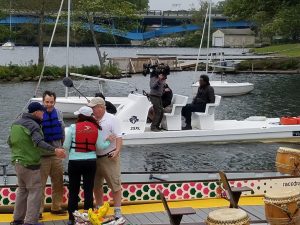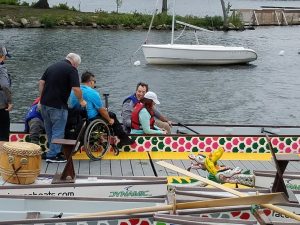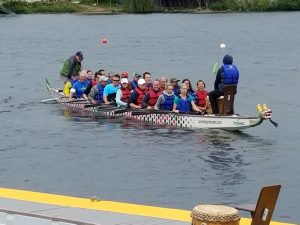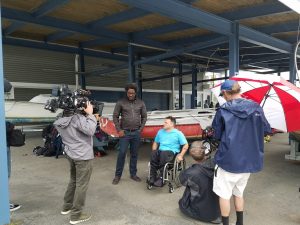Oct
10

Posted by Susan Halpin on October 10th, 2017
Posted in: NLM Resources, Patient Engagement, Public Health
Tags: #differently-abled, #disabilities awareness 2017, #diversity, #inclusion
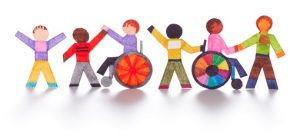
“Inclusion Drives Innovation” is the theme of this year’s national awareness campaign about disabilities. The goal of highlighting October as National Disability Awareness Month is meant to draw our attention to the contributions made to the workplace, our communities and our families by people who have disabilities. To me, the word “disability” carries a negative and limiting label, and stigma with it. I prefer not to use that word. A friend of mine uses the term “differently-abled” to describe people living with physical or intellectual challenges. I like the word “differently-abled” because it reinforces my belief that we all have abilities, just in different areas. Have you ever had an experience where a challenge in one area of our life, caused you to grow or become stronger in another area? For example, my visually impaired friend Liz has shared with me since losing her sight, her sense of smell has become more enhanced.
Disability Awareness Month was created in 1945, when Congress enacted a law declaring the first week in October each year “National Employ the Physically Handicapped Week.” The word “physically” was removed in 1962, to include the contributions of individuals with all types of disabilities. In 1988, Congress expanded the week to a month and changed the name to National Disability Employment Awareness Month.
Did you know that it is estimated that 10% of people in the U.S. have a medical condition which could be considered a type of invisible disability? The challenges people are dealing with may not be apparent. Conditions such as depression, learning disabilities, PTSD, chronic pain, cancer, etc…that are beneath the skin are difficult and can be debilitating. Perhaps that co-worker, store clerk, or customer service rep that was less than helpful has a challenge that is not visible?
Diversity and inclusion are current conversation and media topics as our country hears the latest news of travel bans and bathroom laws. With all of that in the news, I find myself immediately associating the topic of diversity with culture, ethnicity and sexual orientation. However, diversity and inclusion are also a key ingredient to a recipe for happy and motivated employees. According to a 2012 article in Harvard Business Review on what motivates employees, “Whatever else each of us derives from our work, there may be nothing more precious than the feeling that we truly matter — that we contribute unique value to the whole, and that we’re recognized for it.”
In the past few years, I have been fortunate to have a friendship with my visually impaired, attorney friend Liz. She not only has added diversity, depth and color to my life, she also has taught me a few life lessons. Here’s what I have learned.
NLM has some good resources about Disabilities.
Liz and her friend Nick, who is in a wheelchair were recently part of a Dragon Boat Festival race team here in Worcester, MA. The Dragon Boat festival was a celebration of the diversity of Worcester and its surrounding communities. CNN’s show United Shades of America (http://www.cnn.com/shows/united-shades-of-america ) spent a day with Liz, and filmed she and Nick as they practiced with their Dragon Boat team. CNN will air this show featuring Liz and Nick, this coming spring about the best and worst cities to live in if you are differently-abled. I took these pictures as they were being filmed on Lake Quinsigamond in Worcester within walking distance to the Medical School.
